Jainendra Shukla
Spiritual-LLM : Gita Inspired Mental Health Therapy In the Era of LLMs
Jun 23, 2025Abstract:Traditional mental health support systems often generate responses based solely on the user's current emotion and situations, resulting in superficial interventions that fail to address deeper emotional needs. This study introduces a novel framework by integrating spiritual wisdom from the Bhagavad Gita with advanced large language model GPT-4o to enhance emotional well-being. We present the GITes (Gita Integrated Therapy for Emotional Support) dataset, which enhances the existing ExTES mental health dataset by including 10,729 spiritually guided responses generated by GPT-4o and evaluated by domain experts. We benchmark GITes against 12 state-of-the-art LLMs, including both mental health specific and general purpose models. To evaluate spiritual relevance in generated responses beyond what conventional n-gram based metrics capture, we propose a novel Spiritual Insight metric and automate assessment via an LLM as jury framework using chain-of-thought prompting. Integrating spiritual guidance into AI driven support enhances both NLP and spiritual metrics for the best performing LLM Phi3-Mini 3.2B Instruct, achieving improvements of 122.71% in ROUGE, 126.53% in METEOR, 8.15% in BERT score, 15.92% in Spiritual Insight, 18.61% in Sufficiency and 13.22% in Relevance compared to its zero-shot counterpart. While these results reflect substantial improvements across automated empathy and spirituality metrics, further validation in real world patient populations remains a necessary step. Our findings indicate a strong potential for AI systems enriched with spiritual guidance to enhance user satisfaction and perceived support outcomes. The code and dataset will be publicly available to advance further research in this emerging area.
Exploring Semi-Supervised Learning for Predicting Listener Backchannels
Jan 06, 2021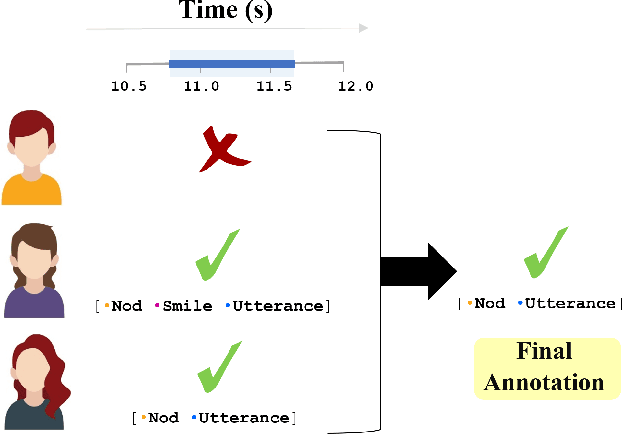

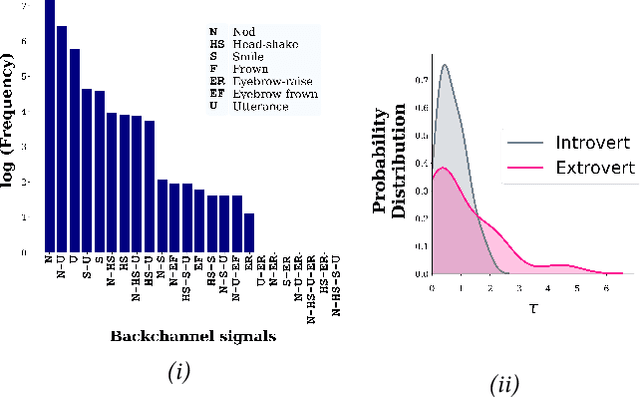
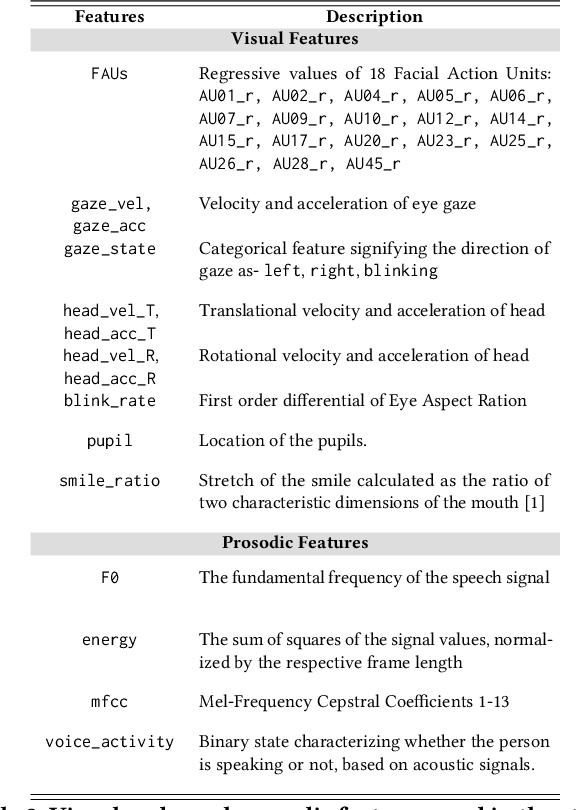
Abstract:Developing human-like conversational agents is a prime area in HCI research and subsumes many tasks. Predicting listener backchannels is one such actively-researched task. While many studies have used different approaches for backchannel prediction, they all have depended on manual annotations for a large dataset. This is a bottleneck impacting the scalability of development. To this end, we propose using semi-supervised techniques to automate the process of identifying backchannels, thereby easing the annotation process. To analyze our identification module's feasibility, we compared the backchannel prediction models trained on (a) manually-annotated and (b) semi-supervised labels. Quantitative analysis revealed that the proposed semi-supervised approach could attain 95% of the former's performance. Our user-study findings revealed that almost 60% of the participants found the backchannel responses predicted by the proposed model more natural. Finally, we also analyzed the impact of personality on the type of backchannel signals and validated our findings in the user-study.
Vyaktitv: A Multimodal Peer-to-Peer Hindi Conversations based Dataset for Personality Assessment
Aug 31, 2020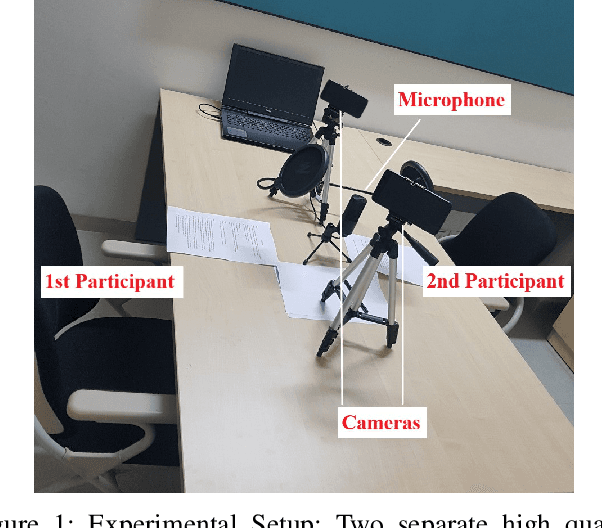
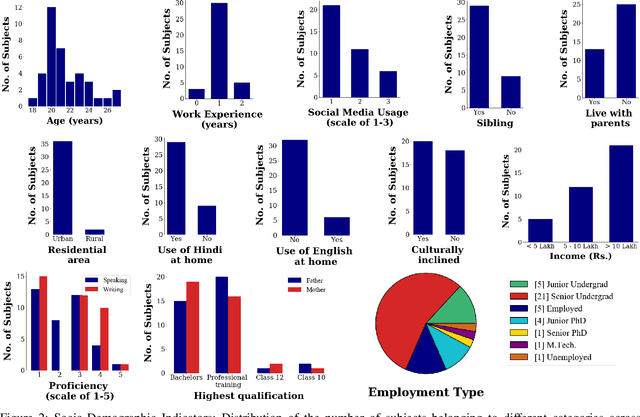


Abstract:Automatically detecting personality traits can aid several applications, such as mental health recognition and human resource management. Most datasets introduced for personality detection so far have analyzed these traits for each individual in isolation. However, personality is intimately linked to our social behavior. Furthermore, surprisingly little research has focused on personality analysis using low resource languages. To this end, we present a novel peer-to-peer Hindi conversation dataset- Vyaktitv. It consists of high-quality audio and video recordings of the participants, with Hinglish textual transcriptions for each conversation. The dataset also contains a rich set of socio-demographic features, like income, cultural orientation, amongst several others, for all the participants. We release the dataset for public use, as well as perform preliminary statistical analysis along the different dimensions. Finally, we also discuss various other applications and tasks for which the dataset can be employed.
It's LeVAsa not LevioSA! Latent Encodings for Valence-Arousal Structure Alignment
Jul 20, 2020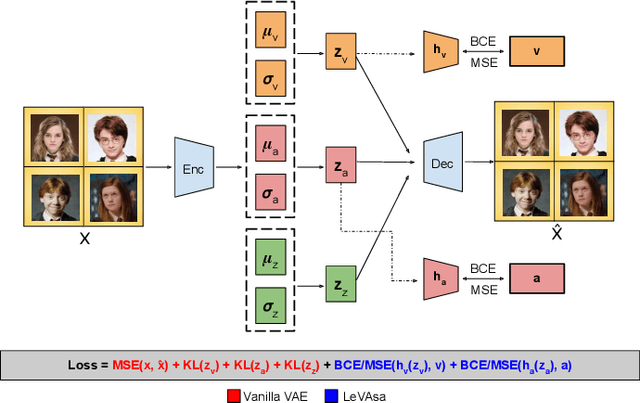

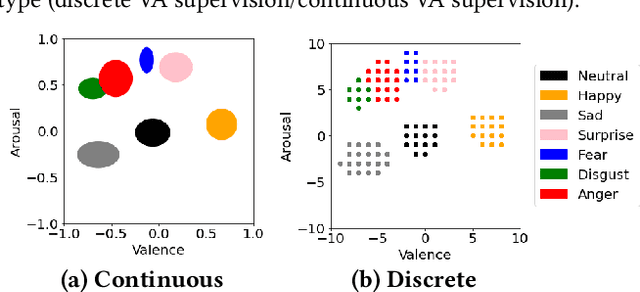

Abstract:In recent years, great strides have been made in the field of affective computing. Several models have been developed to represent and quantify emotions. Two popular ones include (i) categorical models which represent emotions as discrete labels, and (ii) dimensional models which represent emotions in a Valence-Arousal (VA) circumplex domain. However, there is no standard for annotation mapping between the two labelling methods. We build a novel algorithm for mapping categorical and dimensional model labels using annotation transfer across affective facial image datasets. Further, we utilize the transferred annotations to learn rich and interpretable data representations using a variational autoencoder (VAE). We present "LeVAsa", a VAE model that learns implicit structure by aligning the latent space with the VA space. We evaluate the efficacy of LeVAsa by comparing performance with the Vanilla VAE using quantitative and qualitative analysis on two benchmark affective image datasets. Our results reveal that LeVAsa achieves high latent-circumplex alignment which leads to improved downstream categorical emotion prediction. The work also demonstrates the trade-off between degree of alignment and quality of reconstructions.
Proceedings of the Workshop on Social Robots in Therapy: Focusing on Autonomy and Ethical Challenges
Dec 18, 2018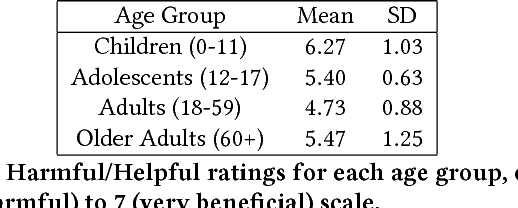
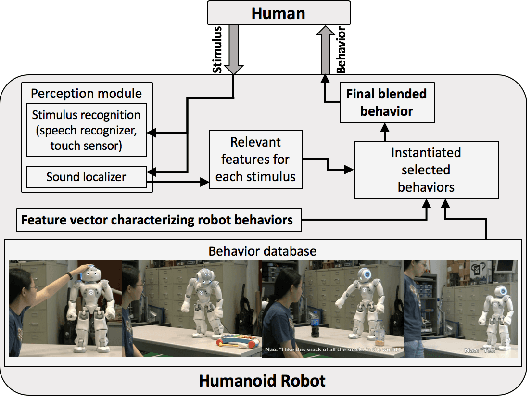
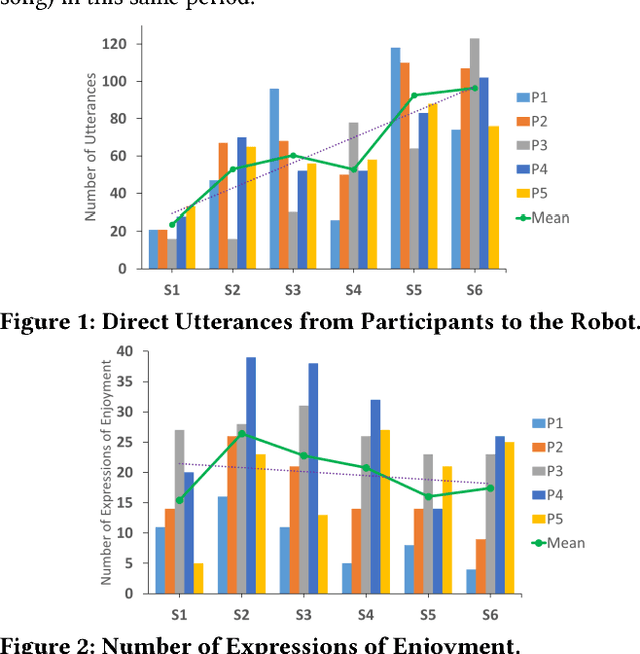
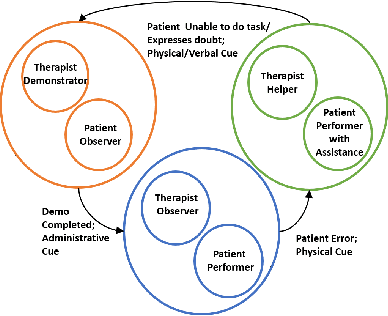
Abstract:Robot-Assisted Therapy (RAT) has successfully been used in HRI research by including social robots in health-care interventions by virtue of their ability to engage human users both social and emotional dimensions. Research projects on this topic exist all over the globe in the USA, Europe, and Asia. All of these projects have the overall ambitious goal to increase the well-being of a vulnerable population. Typical work in RAT is performed using remote controlled robots; a technique called Wizard-of-Oz (WoZ). The robot is usually controlled, unbeknownst to the patient, by a human operator. However, WoZ has been demonstrated to not be a sustainable technique in the long-term. Providing the robots with autonomy (while remaining under the supervision of the therapist) has the potential to lighten the therapists burden, not only in the therapeutic session itself but also in longer-term diagnostic tasks. Therefore, there is a need for exploring several degrees of autonomy in social robots used in therapy. Increasing the autonomy of robots might also bring about a new set of challenges. In particular, there will be a need to answer new ethical questions regarding the use of robots with a vulnerable population, as well as a need to ensure ethically-compliant robot behaviours. Therefore, in this workshop we want to gather findings and explore which degree of autonomy might help to improve health-care interventions and how we can overcome the ethical challenges inherent to it.
 Add to Chrome
Add to Chrome Add to Firefox
Add to Firefox Add to Edge
Add to Edge